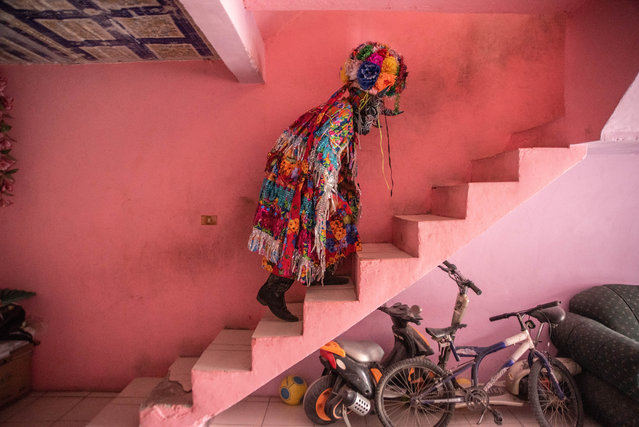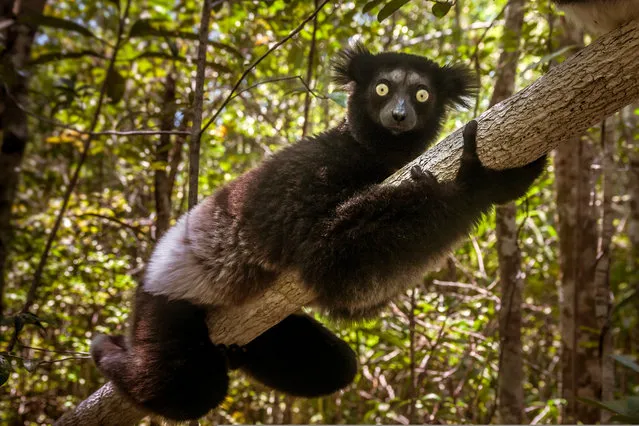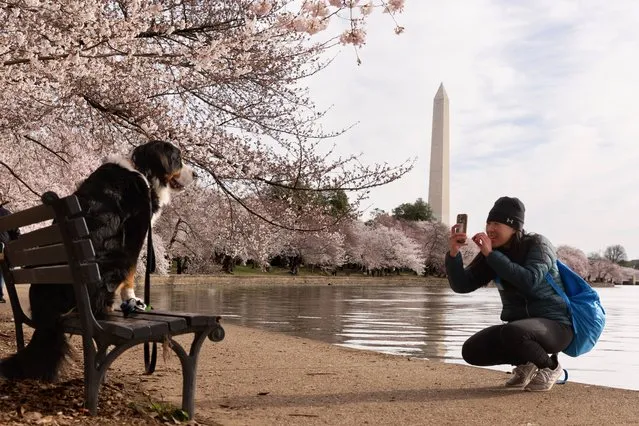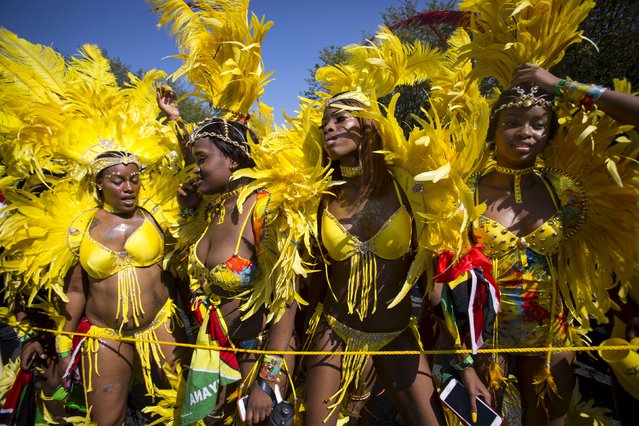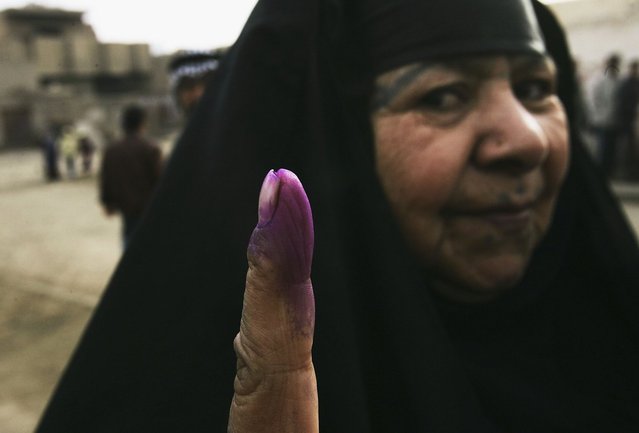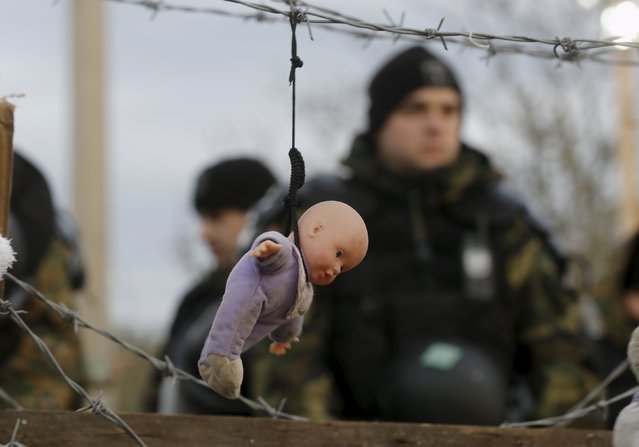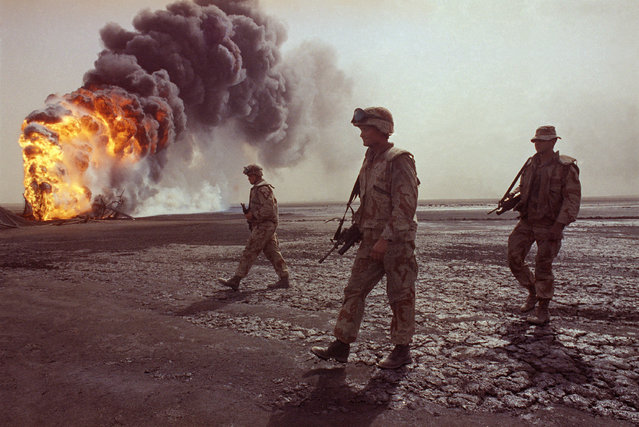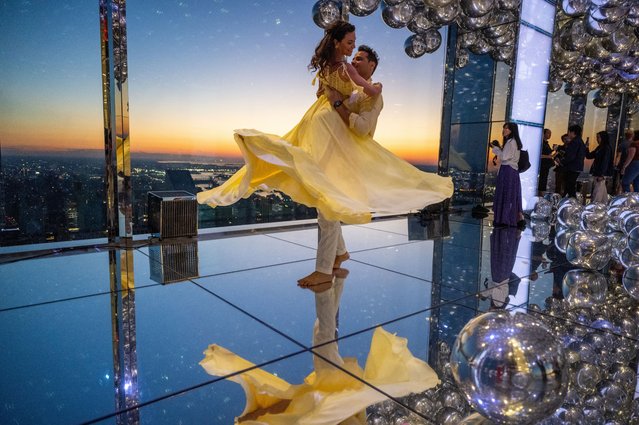
Ana Louzi and Junio Enriuque dance for a video during sunrise from SUMMIT One Vanderbilt on World Photography Day on August 19, 2022 in New York City. Summit One Vanderbilt opened the 1000-foot observation beginning at 5 AM to allow ticketed members of the general public and photo enthusiasts to see sunrise from the elevated altitude. World Photography Day is an “annual, worldwide celebration of the art, craft, science and history of photography” according to their website. (Photo by Alexi Rosenfeld/Getty Images)
23 Aug 2022 04:49:00,post received
0 comments

